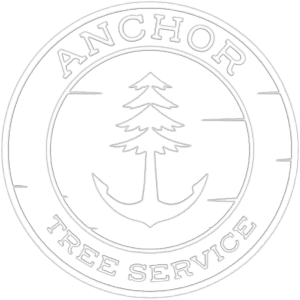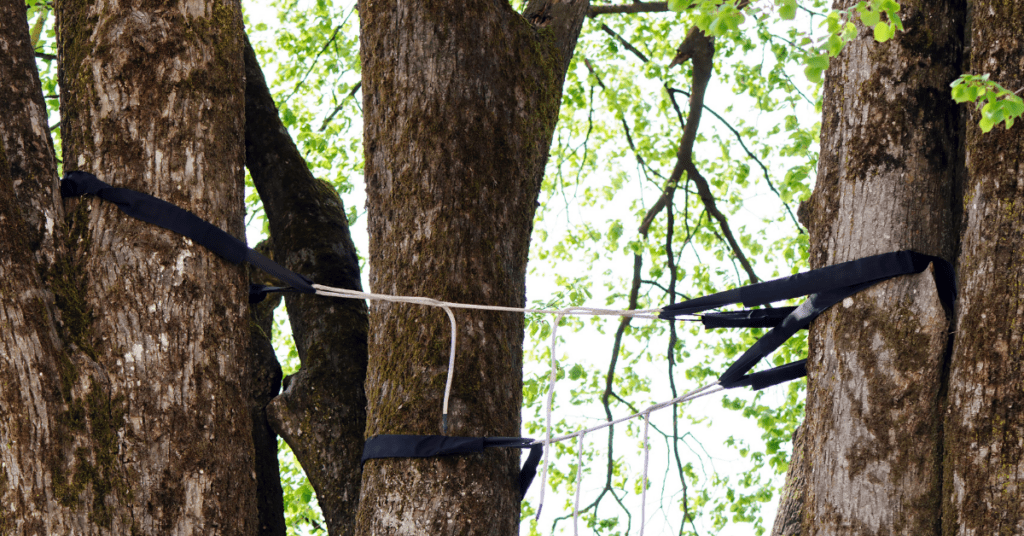Trees are a vital part of our ecosystem and our landscapes. However, sometimes they need a little help to stay healthy and safe. This is where tree cabling and support systems come into play. Understanding why your tree might need cabling, the types of cabling systems available, and the importance of regular maintenance and inspections can help you take better care of your trees.
Understanding Tree Cabling and Bracing
Tree cabling and bracing is a process used to support trees that have developed structural weaknesses over time. It involves the installation of flexible cables, rigid rods, or both to stabilize the tree and prevent further damage. But why does my tree need cabling? This question often arises in the minds of many homeowners. Let’s answer this.
Why Does My Tree Need Cabling?
A tree might require cabling or bracing if it develops signs of structural weakness, such as growing in conflicting directions, leaning to one side, showing cracks and deadwood in the main trunk, or displaying signs of decay or disease. Such trees can become unstable and pose a significant risk to property and human safety. If your tree displays signs of structural weakness or damage, like leaning to one side or showing cracks in the trunk, it’s essential to consider tree cabling and support systems. Conditions like these may signal that it might be time to remove your tree. Cabling and bracing provide much-needed support to these trees and help maintain the visual appeal of your property.

Traditional Steel Cable Systems
The traditional method of tree cabling involves the use of steel cables. These cables are attached to bolts that are drilled into the tree’s branches or trunk. The primary goal is to restrict the movement of the supported branches, thus preventing them from breaking or splitting. While effective, this method can be invasive as it requires drilling into the tree, which can potentially introduce pathogens and cause stress to the tree.

Cobra® Dynamic Support System
In contrast to the traditional steel cable systems, the Cobra® dynamic support system offers a less invasive and more flexible solution. This system uses a series of synthetic cables and slings that wrap around the tree branches, eliminating the need to drill into the tree. The Cobra® system is designed to provide dynamic support, meaning it allows for more natural movement of the tree in response to wind and weather, which can be healthier for the tree’s growth and structural development. Incorporating tree cabling and support systems is a proactive measure to prevent storm damage to your trees. Learn how these systems can help protect your trees from preventing storm damage to your trees.
Regular Maintenance and Inspections of a Cabling System
Regardless of the type of cabling system used, regular maintenance and inspections are crucial. These systems are not a ‘set and forget’ solution but require ongoing attention to ensure they remain effective and safe. Inspections should be carried out at least annually by a certified arborist like Anchor Tree Service. During these inspections, the arborist will check for any signs of wear or damage to the cables, as well as changes in the tree’s structure that might require adjustments to the cabling system. They will also assess the overall health of the tree, as changes in its health can impact the effectiveness of the support system.

Proper pruning techniques are essential for maintaining a healthy tree. Learn about the difference between tree cabling and support systems and tree trimming and pruning. Understanding these distinctions can help you make informed decisions about your tree’s care What Is the Difference Between Tree Trimming and Pruning?.
Conclusion
Tree cabling and support are essential measures in preserving and protecting a tree, especially those that hold sentimental or aesthetic value. However, it’s important to approach tree cabling with care and knowledge. It should always be carried out by or under the guidance of a certified arborist to ensure the health of the tree and the safety of its surroundings. To ensure the correct installation and maintenance of tree cabling and support systems, it’s advisable to hire an ISA certified arborist. Discover the benefits of working with certified professionals when it comes to tree care in our article Why Should You Hire An ISA Certified Arborist?. Regular maintenance and inspections are key to the longevity and effectiveness of any tree cabling system, whether it’s the traditional steel cables or the more modern Cobra® system. Remember, the ultimate goal is to support the tree in a way that maintains its health, beauty, and structural integrity for years to come.
Your trees are not just part of your property; they are an essential component of our environment. At Anchor Tree Service we understand the importance of preserving and maintaining healthy trees. Whether you need tree cabling and support, tree removal, storm damage prevention, or any other tree-related service, our team of experienced arborists in Victoria, BC, is here to assist you. Don’t wait until it’s too late – ensure the safety, health, and beauty of your trees by contacting us today. Let us be your trusted partner in tree care and maintenance. Get in touch with us now for a consultation and discover how we can help you protect and enhance your outdoor space.


